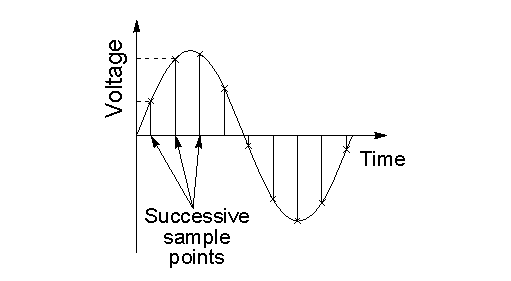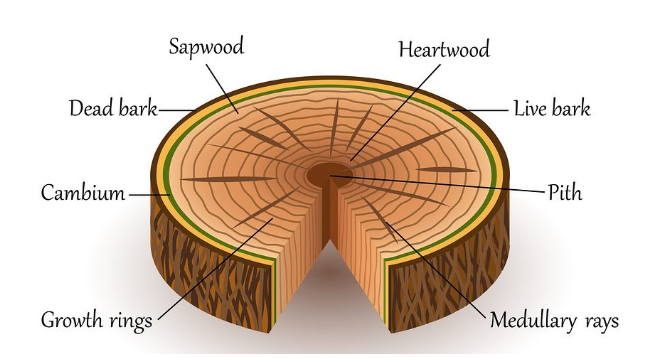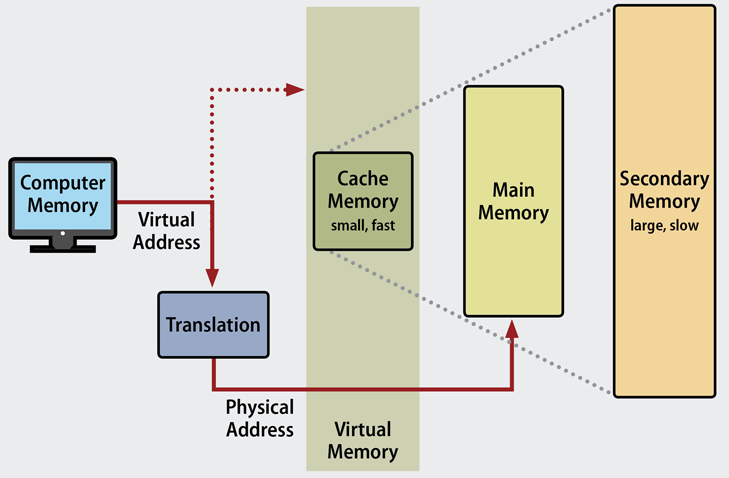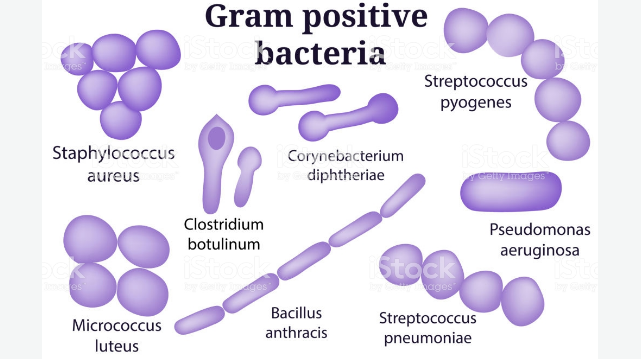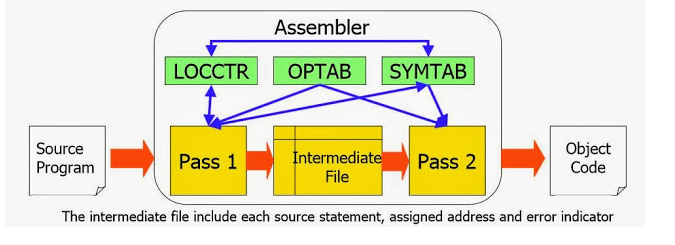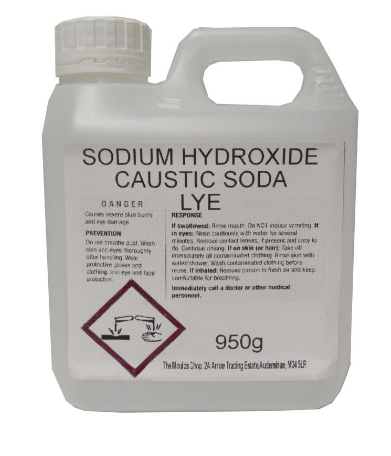6 Difference Between Sampling And Quantization In Digital Image Processing
An image function f(x,y) must be digitized both spatially and in amplitude in order to become suitable for digital processing. Typically, a frame grabber or digitizer is used to sample and quantize the analogue video signal. Therefore, in order to create an image which is digital, we need to convert continuous data into digital form. … Read more
